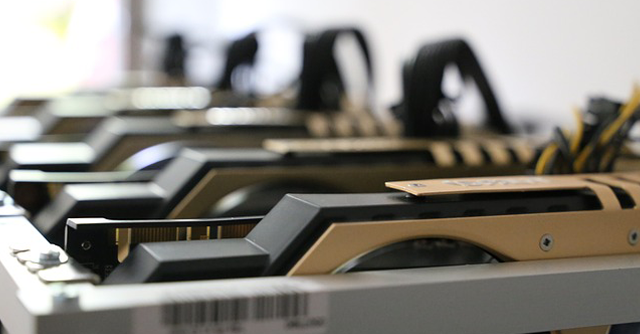
Intel reorganises its consumer and enterprise businesses to better take on AMD, Nvidia


Intel, the leading supplier of central processing units (CPU) for PCs, has announced that it is reorganising its graphics processing unit (GPU) business into two separate divisions to take on rivals Nvidia and AMD and tap into the growing demand from data centres amid slump in PC demand.
As part of the reorganisation, the consumer graphics unit will be merged with the client computing group that also makes CPUs for PCs. Meanwhile, the accelerated computing division will become a part of the data centre and artificial intelligence (AI) group, the US-based company said in a statement.
Raja Koduri, head of Intel’s GPU division will return to the role of chief architect and handle the company’s overall chip strategy across all segments. Koduri joined Intel in 2017, before which he led the graphics technology business at AMD and Apple.

“Discrete graphics and accelerated computing are critical growth engines for Intel. With our flagship products now in production, we are evolving our structure to accelerate and scale their impact and drive go-to-market strategies with a unified voice to customers,” the statement stated.
GPU is a type of processor optimised for the quick rendering of graphics and 3D images in games and video editing. They are extensively used in servers to handle heavy applications. In PCs, they are available as integrated or discrete GPU.
An integrated GPU is built on the same die as the CPU and shares system memory, whereas a discrete GPU or dGPU is a standalone processor, which makes it more powerful. Intel has dominated the integrated GPU segment due to its monopoly in the CPU market. In dGPUs, Nvidia and AMD are market leaders.

According to Statista data, as of Q1 2022, Nvidia dominates the dGPU market with 78% of global shipments, while AMD holds 17% of the market. Though Intel entered this segment recently in March with its Arc series of GPUs, it already accounts for 4% of the shipments.
The decline in the PC shipments across the world has forced chip makers to prioritise server and data centre business. Growing adoption of the cloud and the resulting increase in demand from data centres has helped Nvidia beat revenue expectations. Last month, the Taiwanese company reported, in quarterly earnings, a 31% year-on-year (YoY) increase in data centre revenue while gaming revenue fell by 51% YoY.
